Sligo’s Trevor Boland from Dromard was the Smart Farming winner!
He says the prize will make a real difference on his farm: “Lime is the first thing needed on any farm to get the pH right. For me, there is no point in spreading fertilisers unless I have my soil pH right first, I simply won’t get the grass growth and I will be wasting money. Regular grass measuring, soil testing and using a paddock system on the farm has shown me how much grass can be grown with better grassland management. I will use the €2,500 to get a soils nutrient management plan for the farm and then spread lime on the fields with the lowest pH. This will sort the acidity in the soil and make the nutrients available to grow more grass. It’s a win-win for me, the farm and the environment.”
If you entered the competition but didn’t win, don’t worry – you can still benefit from Smart Farming! All competition entrants will be contacted in the coming days and offered a chance to take part in the 2018 Smart Farming programme to save money, enhance the environment and share cost savings tips with your neighbours.
We’re thinking 2018 already!
This year’s Smart Farming farm visits are almost finished. Findings will be shared with IFA branch members, discussion groups and purchasing groups over the coming months.
So, that done, the Smart Farming team are planning more cost saving farm visits in 2018.
Are you ready?
Do you want a free cost saving study, silage quality analysis, domestic water analysis, carbon navigator and nutrient management plan?
Are you open to sharing the cost savings tips with your discussion group or IFA branch?
If so, talk to us at 01-4260343 or email smartfarming@ifa.ie and let’s get started!
Places are limited.
Summertime fertiliser planning to maximise crop growth
David Wall, Teagasc offers some advice
Summer is a good time to re-evaluate and adjust fertiliser plans for the remainder of the growing season. Calculate what fertilisers have been applied to date and what fertiliser allowance remains to be applied prior to 15th September to avoid penalties. Utilise any remaining organic manures on the farm over the next few months as an effective way to reduce P & K fertiliser costs.
Late summer and autumn is an ideal time to apply lime in order to maximise the availability of stored nutrients in soils
Typical available N, P, K values for a range of organic manures (units/1,000 gallons)
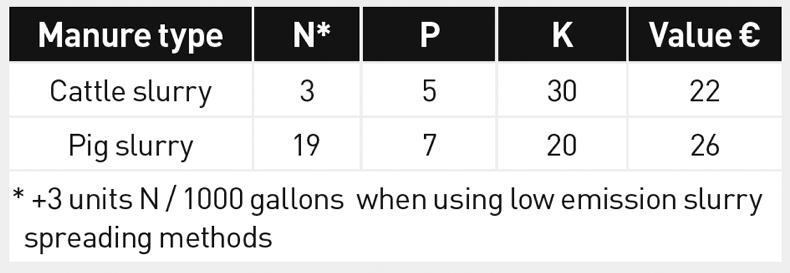
Targeting organic manure applications
Organic manures are valuable sources of N, P and K nutrientsManures should be targeted to low P and K fertility soils firstLow emission slurry spreading methods will increase the N availability. More dilute slurry will have lower N , P and K per 1000 gallonsSavings on fertiliser costs can be made by importing pig slurry where possibleTips to increase lime efficiency
Lime helps to improve soil nutrient availability At optimum pH, ryegrass and clover to persist for longer in reseeded swardsTarget soil pH 6.3 for grassland (_ 6.2 on high molybdenum soils) and 6.5 for tillage cropsApply lime based on a recent soil test reportApply slurry first and then apply lime 10 days later. www.smartfarming.ie Email: smartfarming@ifa.ie or call 01 426 0343
Sligo’s Trevor Boland from Dromard was the Smart Farming winner!
He says the prize will make a real difference on his farm: “Lime is the first thing needed on any farm to get the pH right. For me, there is no point in spreading fertilisers unless I have my soil pH right first, I simply won’t get the grass growth and I will be wasting money. Regular grass measuring, soil testing and using a paddock system on the farm has shown me how much grass can be grown with better grassland management. I will use the €2,500 to get a soils nutrient management plan for the farm and then spread lime on the fields with the lowest pH. This will sort the acidity in the soil and make the nutrients available to grow more grass. It’s a win-win for me, the farm and the environment.”
If you entered the competition but didn’t win, don’t worry – you can still benefit from Smart Farming! All competition entrants will be contacted in the coming days and offered a chance to take part in the 2018 Smart Farming programme to save money, enhance the environment and share cost savings tips with your neighbours.
We’re thinking 2018 already!
This year’s Smart Farming farm visits are almost finished. Findings will be shared with IFA branch members, discussion groups and purchasing groups over the coming months.
So, that done, the Smart Farming team are planning more cost saving farm visits in 2018.
Are you ready?
Do you want a free cost saving study, silage quality analysis, domestic water analysis, carbon navigator and nutrient management plan?
Are you open to sharing the cost savings tips with your discussion group or IFA branch?
If so, talk to us at 01-4260343 or email smartfarming@ifa.ie and let’s get started!
Places are limited.
Summertime fertiliser planning to maximise crop growth
David Wall, Teagasc offers some advice
Summer is a good time to re-evaluate and adjust fertiliser plans for the remainder of the growing season. Calculate what fertilisers have been applied to date and what fertiliser allowance remains to be applied prior to 15th September to avoid penalties. Utilise any remaining organic manures on the farm over the next few months as an effective way to reduce P & K fertiliser costs.
Late summer and autumn is an ideal time to apply lime in order to maximise the availability of stored nutrients in soils
Typical available N, P, K values for a range of organic manures (units/1,000 gallons)

Targeting organic manure applications
Organic manures are valuable sources of N, P and K nutrientsManures should be targeted to low P and K fertility soils firstLow emission slurry spreading methods will increase the N availability. More dilute slurry will have lower N , P and K per 1000 gallonsSavings on fertiliser costs can be made by importing pig slurry where possibleTips to increase lime efficiency
Lime helps to improve soil nutrient availability At optimum pH, ryegrass and clover to persist for longer in reseeded swardsTarget soil pH 6.3 for grassland (_ 6.2 on high molybdenum soils) and 6.5 for tillage cropsApply lime based on a recent soil test reportApply slurry first and then apply lime 10 days later. www.smartfarming.ie Email: smartfarming@ifa.ie or call 01 426 0343





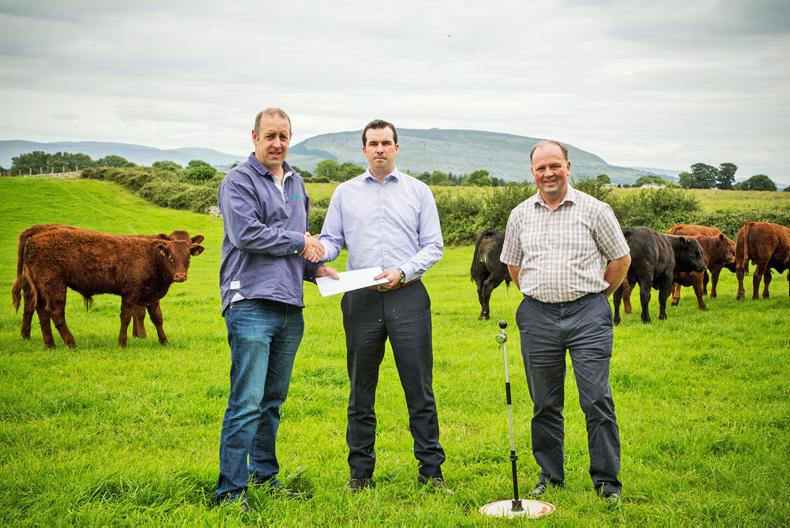
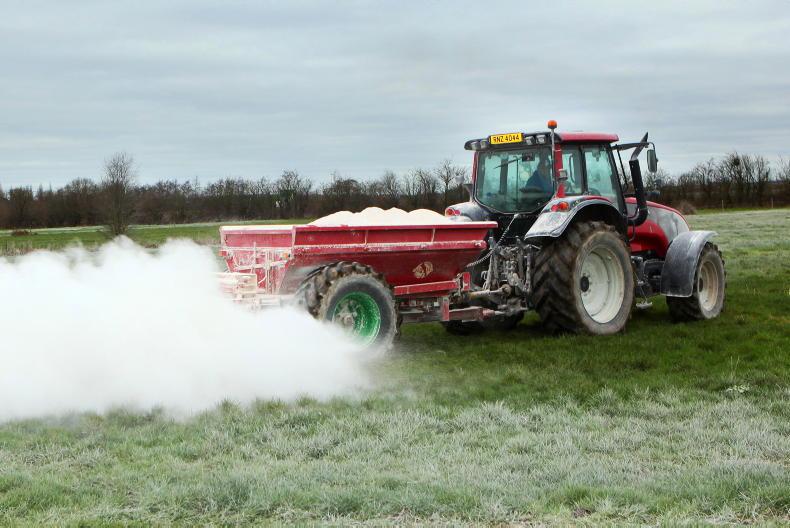

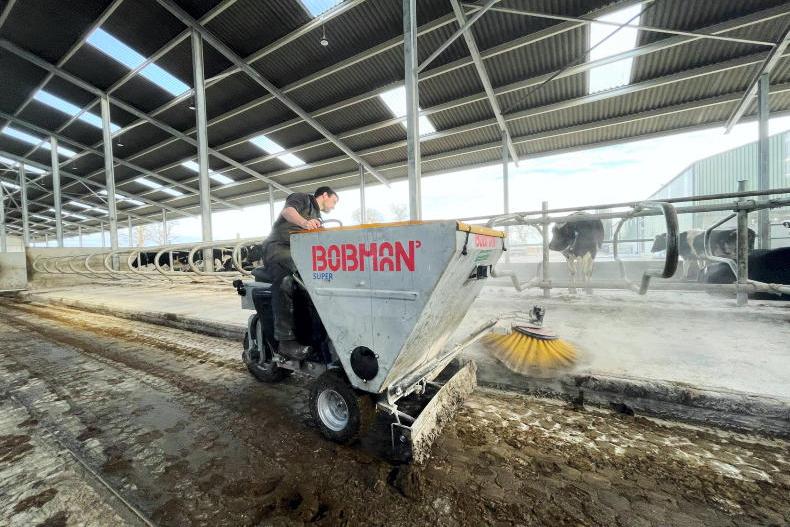
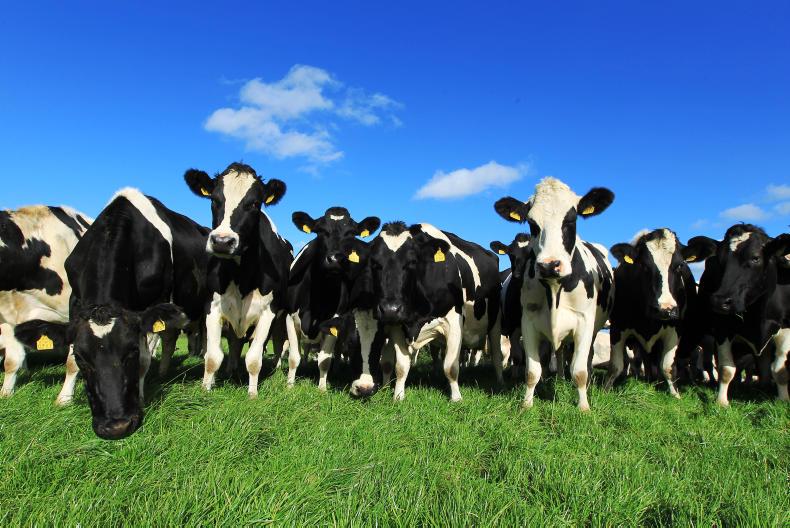
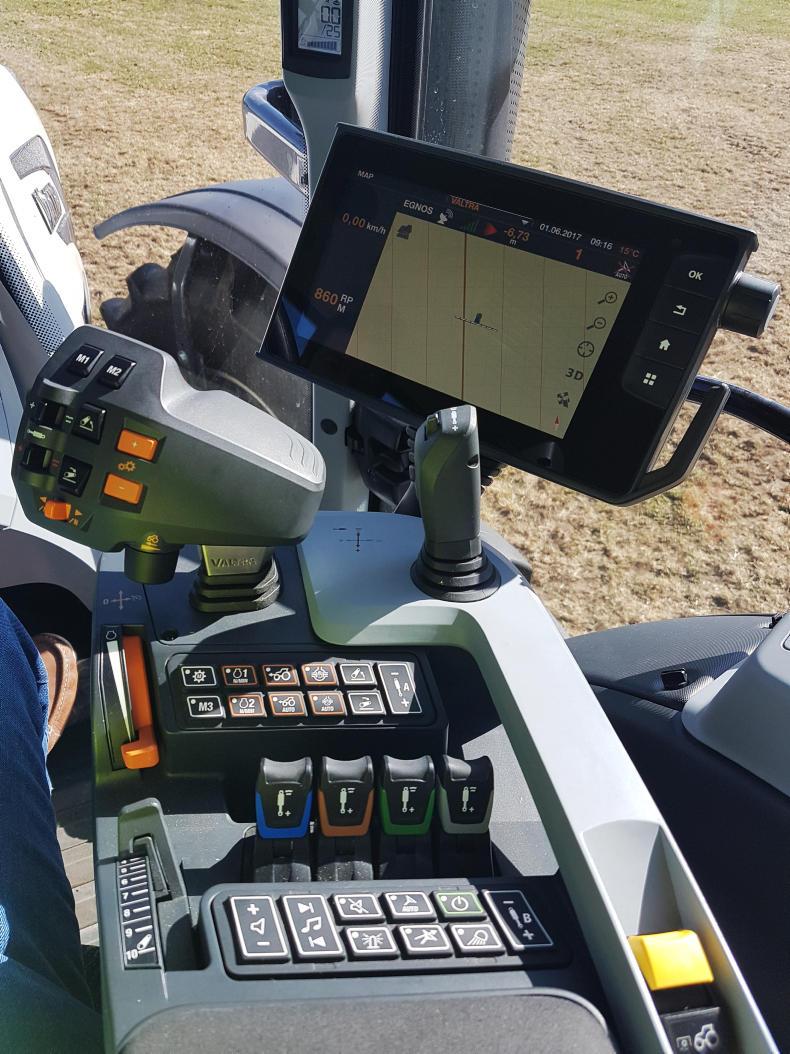
SHARING OPTIONS